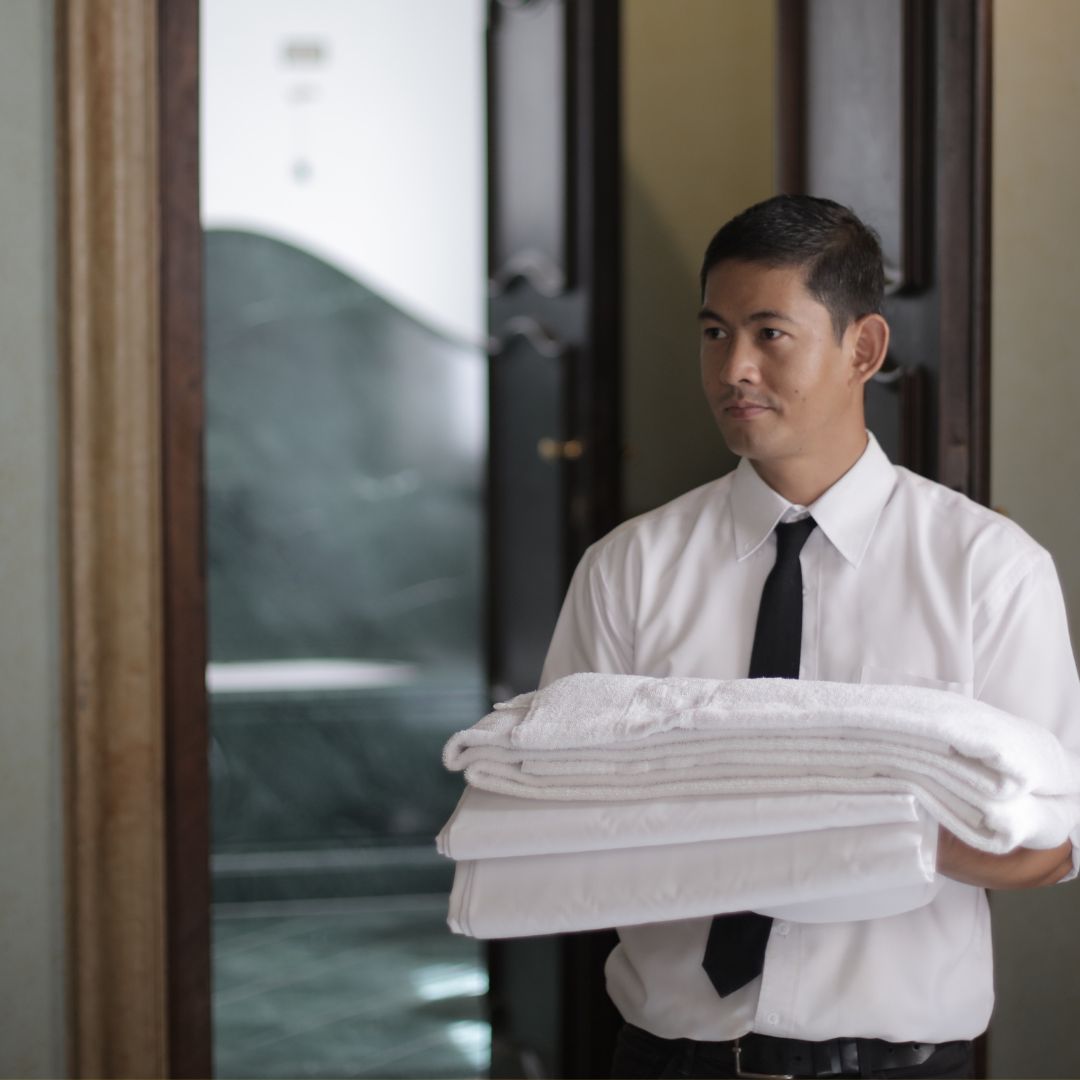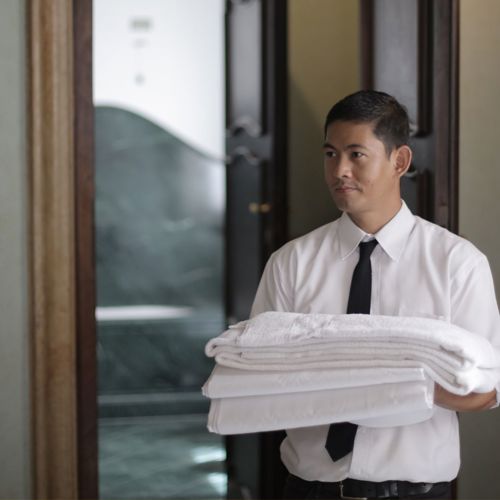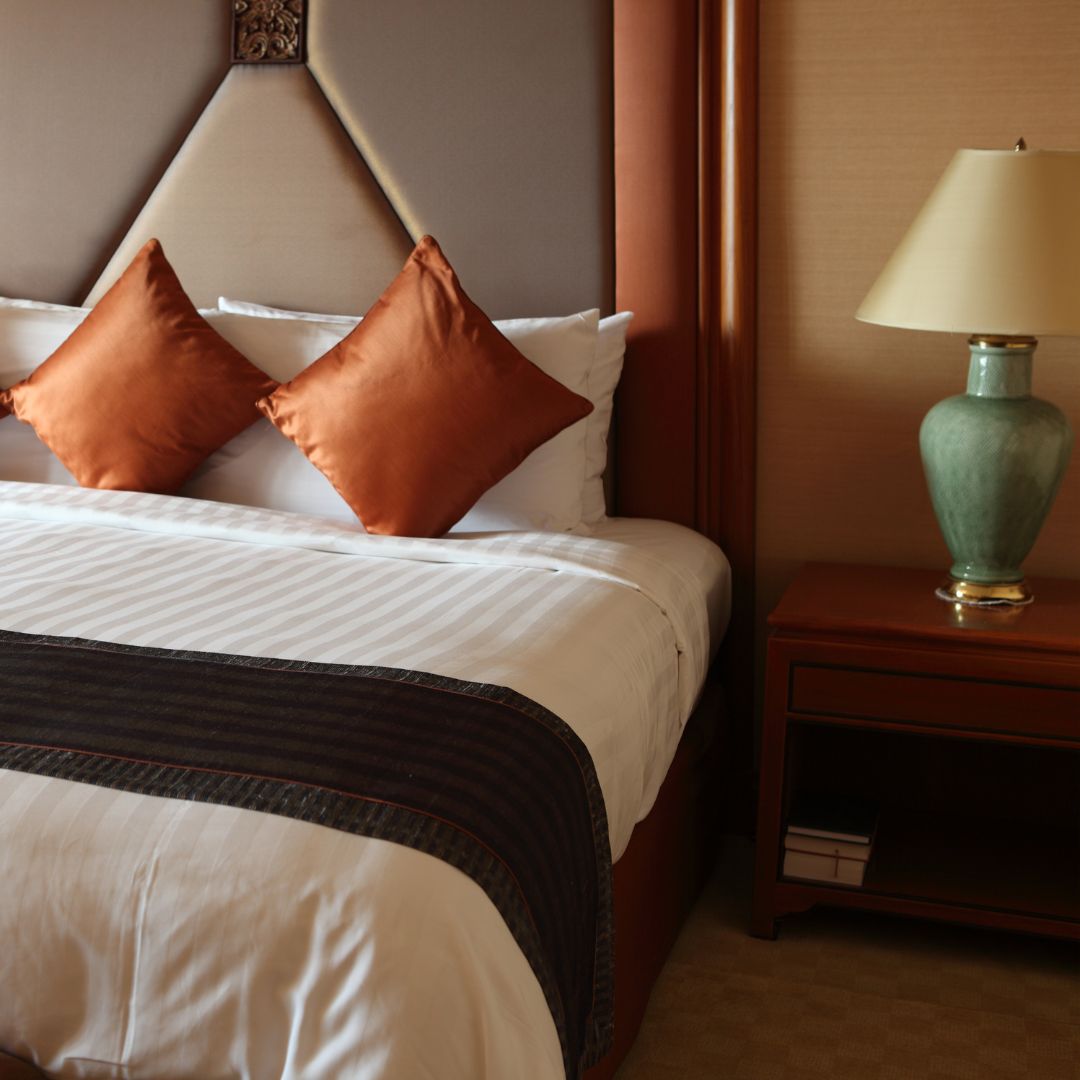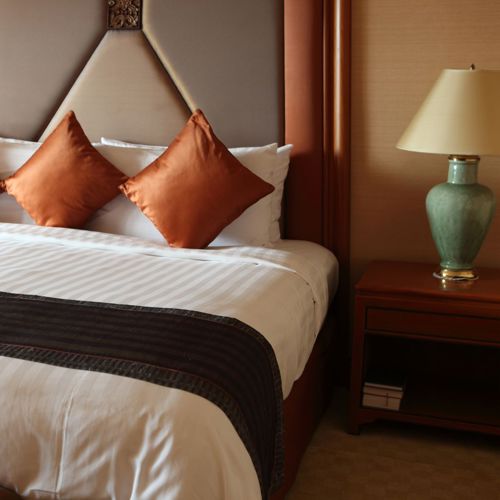With international and domestic travel booming again after the devastating impacts of the COVID19 pandemic, hotels, motels, hostels, and Air BnBs need to pay more attention than ever to their cleaning schedules. Regardless of if a hotel is upscale or centralised on budget prices, the consequences of widespread infections can be devastating to reputation. This is especially true after these accommodation services spent the last three years working on their cleanliness protocols in anticipation of booming travel after COVID.
Though each accommodation service is unique from the next, implementing thorough cleaning and infection control is the first step to ensuring all patrons remain as safe as possible. Essentially, this is because proper cleaning can remove harmful pathogens known to cause illness.
As such, this detailed blog will touch on the cleaning protocols every hospitality or accommodation service must implement to guarantee their guests remain as safe as possible during their visit. It is important to remember that this is a guideline. Every hotel manager must make appropriate adaptations to ensure their rooms are cleaned in detail and that nothing is overlooked.
Step one - Remove all linen from the room
Linen, including bed sheets, towels and blankets, can become a breeding ground for bacteria, even after only a moment of contact. This is because they can quickly accumulate dead skin cells, sweat and saliva.
As these items are the most contaminated, removing them from the room first can ensure they do not cross-contaminate cleaned surfaces. It is recommended each cleaner has access to an Executive Traditional Housekeeping Cart to ensure they have a safe space to store dirty linen to prevent it from also contaminating fresh supplies.
The Rubbermaid Commercial team also recommends cleaning additional linen, such as blankets or pillowcases, which are stored in room cupboards. Though they may look unused, preventing the risk of infection by replacing them can make a monumental difference to the guest experience. As an alternative, hotels can also supply additional blankets and towels at the front desk rather than in cupboards. This way, guests will only use what they need. It can significantly reduce the number of washes required each day and can help make a push for cleaning sustainability.


Step two - Empty the bins to promote good infection control
Like linen, bins can carry high amounts of bacteria and germs, especially when food scraps or bathroom waste are inside them. As such, because they can cause cross-contaminate surfaces in the room, they are the second most important aspect to clean to promote hotel infection control.
All cleaning carts should be equipped with BRUTE Bins and Bin Lids so waste can be easily disposed of. As the bin will remain covered by its designated lid when not in use, it can also prevent contaminants and pathogens from spreading via airborne pathways. These BRUTE bins must be emptied in outdoor waste disposal units to prevent bacteria-carrying pests from entering the premises.
Step three - Clean all surfaces to remove visible dirt first
One of Rubbermaid's recent blogs, Cleaning Vs Sanitising, showcases the difference between cleaning and sanitising and how they work hand in hand. Cleaning, as the physical removal of debris, must always take place first as it can remove dirt, grime and mould, which are growth environments for bacteria.
The cleaning staff of hotels and accommodation services must be mindful to remove debris from visible surfaces and those surfaces not immediately be visible to the human eye. These include but aren't limited to above cupboards, behind toilets and underneath beds. To ensure even the most difficult areas are cleaned effectively, owners of hospitality services should equip their staff with the appropriate tools, such as flexible dusting wands.


Step four - Sanitise every surface
Every touchpoint of a hotel room must be sanitised to guarantee they are free from harmful germs and bacteria. Cleaning staff should already be mindful of why sanitising frequent touch points, including tables, chairs, door handles, and bathroom sinks, is vital. Though they should also sanitise any surface on site, this includes bedframes, handrails, shower doors and balcony railings. It is important to remember that floors are also considered a surface and must be sanitised as they can carry germs from the bottom of shoes.
Using a sanitiser solution with an HYGEN microfibre cloth or mop can assure that all pathogens are picked up rather than spread across surfaces. These high-grade sanitisation tools have been tried and tested across industry standards. They continuously prove to be one of the most beneficial for maintaining an infection-free hotel room.
Employers can also equip their cleaning staff with a checklist to ensure that no areas remain unsanitised due to forgetfulness.
Step five - Prepare for the next guests
Once the room is cleaned, sanitised and free from mess, the cleaning staff can begin preparing for the next guests. This can involve making beds, laying out fresh towels and airing the room. As mentioned above, it is essential to remember that this is a basic guideline for cleaning staff.
The team at Rubbermaid Commercial Products has a range of products available via the online e-catalogue to help cleaning staff and hotel managers locate the best supplies for their hotels. In addition to this, checklists, best practice guides and solution guides can also be availed of at Rubbermaid’s resource centre. They are also welcome to contact the team at any time to find out more.